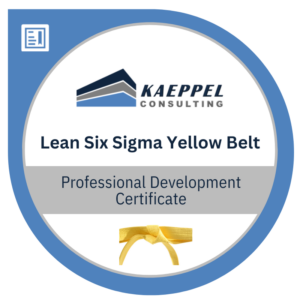Overview
In a pivotal engagement with Texas DPS (Department of Public Safety), our consultancy was tasked with an ambitious mandate: to architect a novel approach for Enterprise Architecture (EA). The objective was twofold — to not only craft a cutting-edge methodology for EA but also to train and mentor the practitioners who would be championing this new direction.
Areas of Strategic Focus
Enterprise Architecture Methodology: The heart of our engagement revolved around developing a fresh, future-focused approach to Enterprise Architecture. Our intent was to craft a methodology that was both innovative and intuitive, setting Texas DPS on a trajectory of streamlined operations and enhanced IT alignment.
Training & Mentorship: Recognizing the vital role of the practitioners in executing this new EA vision, our mandate extended to providing comprehensive training. Beyond imparting knowledge, our focus was on mentoring these professionals, ensuring they were adeptly equipped to navigate the intricacies of the new EA approach.
Challenge
Reimagining Enterprise Architecture for an entity as significant as Texas DPS presented its unique set of challenges. Beyond the technical intricacies, the task was to ensure that the new methodology resonated with the practitioners, and they were equipped to bring it to fruition.

Strategic Approach
Our approach blended technical expertise with a deep understanding of organizational dynamics. By meticulously crafting a new EA methodology and then ensuring that the practitioners were not just trained but also mentored, we aimed to ensure the seamless integration and execution of the new approach within Texas DPS.

Impact & Outcome
The outcome of our collaboration with Texas DPS was the successful establishment of a new EA Practice. The new methodology, combined with the empowered practitioners, set the stage for Texas DPS to leverage Enterprise Architecture in ways that drive operational excellence and strategic alignment.

























